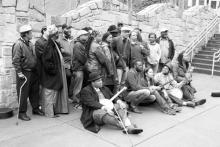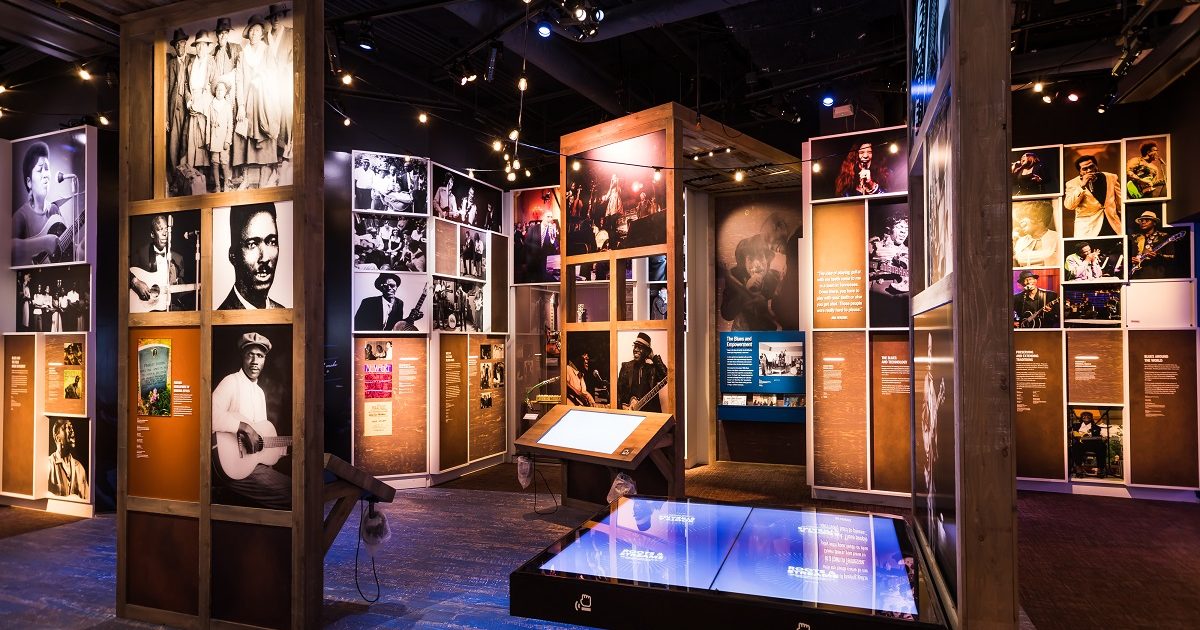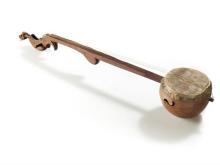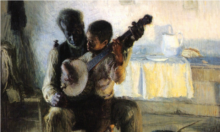
The banjo and African Americans have traveled from Senegambian roots to Caribbean birth, to North America, and then to the world. Don Vappie (b. 30 January 1956), the New Orleans-jazz master of the tenor and guitar-banjo, and also a renowned bassist, guitarist, and mandolinist, epitomizes that journey. Vappie has revived the music of King Oliver and Jelly Roll Morton and created his own compositions that range from Creole folk music to modern jazz and funk. A regular guest with Wynton Marsalis and Jazz at Lincoln Center, Vappie has collaborated with master West African lute players like Cheick Hamala Diabate and Bassekou Kouyate of Mali and Demma Dia of Senegal. His compositions, recordings, and performance link the New Orleans banjo to the music of the Caribbean, where the banjo was born.
Banjos arose as a folk instrument powering the dances of New World Africans, but as American stages were gradually opened to black performers after the Civil War, black banjoists became national and international stars, occasionally even giving banjo lessons to British royalty. Banjo rhythms inspired ragtime, and in the second decade of the twentieth century, James Reese Europe led New York's orchestras with scores of black banjoists. Rural banjo dance traditions continued into the mid-twentieth century in banjoist Gus Cannon's blues recordings, and from the 1910s to the 1940s, jazz banjoists swung bands that brought jazz to the world.
However, twentieth century musical styles such as the blues, which were often accompanied by singing and slower-tempo dancing, came to require instruments with more sustain and bass than the banjo in all of its varieties can provide. As a result, the banjo receded from African American music of all kinds across the twentieth century. Recently, though, a twenty-first century revival of interest in the African antecedents, Caribbean birth, and African American history of the banjo brought a renaissance of black banjo playing, returning African American banjoists like Don Vappie to prominence within both African American music and the banjo world.
Read more
(Photo courtesy of Skye McFarland.)



